













Our transport will be a visit to the Denver Art Museum.







These pictures barely touch the collection. I’ll go back and do better next time.
I made a new friend at the Denver Art Museum recently. This fairly recent acquisition delighted me!

This is why I love the history of art! I can time travel and see what St. Peter’s looked like around 1855. I’ve stood on the Janiculum Hill in Rome many times and gazed at St. Peter’s from this vantage point. It looks oh, so different nowadays!

Born near Edinburgh, Roberts came to be known as the “Scottish Canaletto” after the 18-century Italian cityscape painter famed for his precise representations of cities and their buildings. For over two decades Roberts traveled through Europe, North Africa, and the Middle East painting and architectural and topographical subjects. He painted this picture following a visit to Italy in 1853, the final stop of his travels before returning to London. For over a century such works had been enormously popular among British collectors as mementos of their Italian sojourns. In an inscription by Roberts he informs us that the work was a gift to the wife of his friend Joseph Arden, “…A Souvenir / of her Visit to Rome.”

















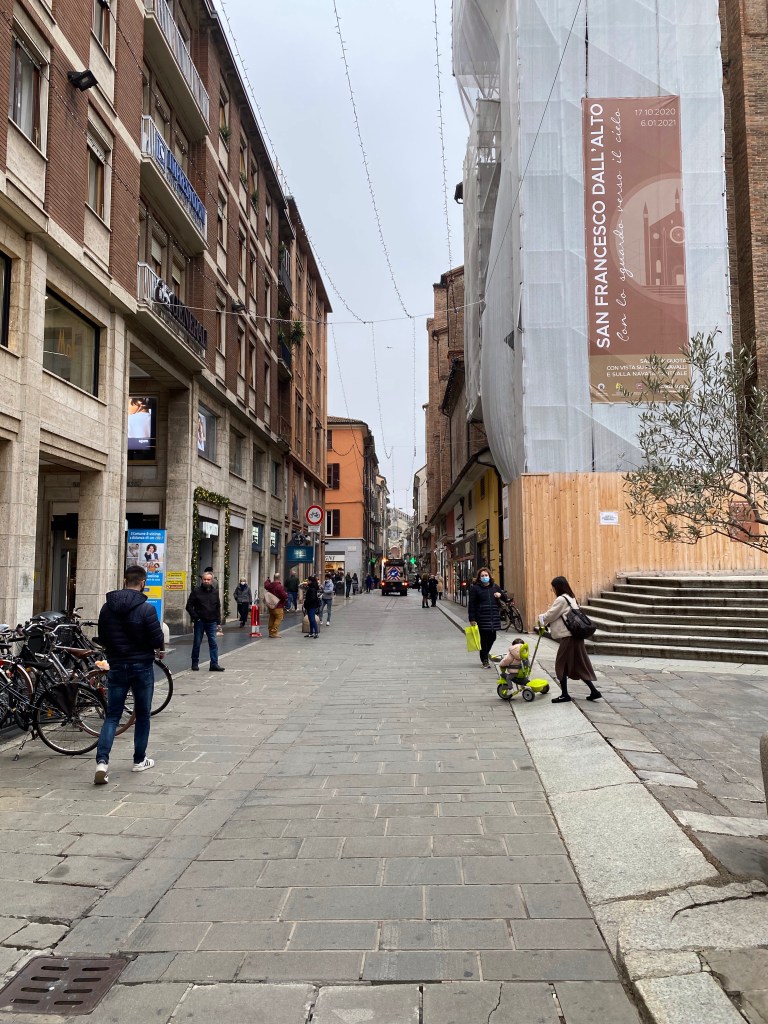










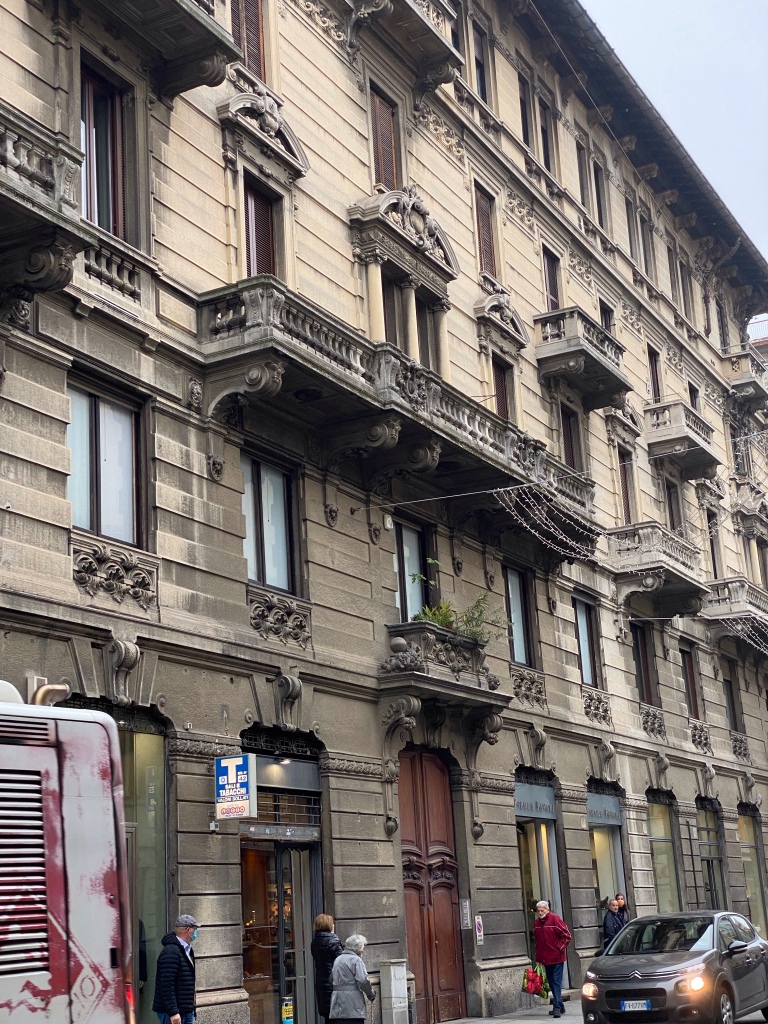
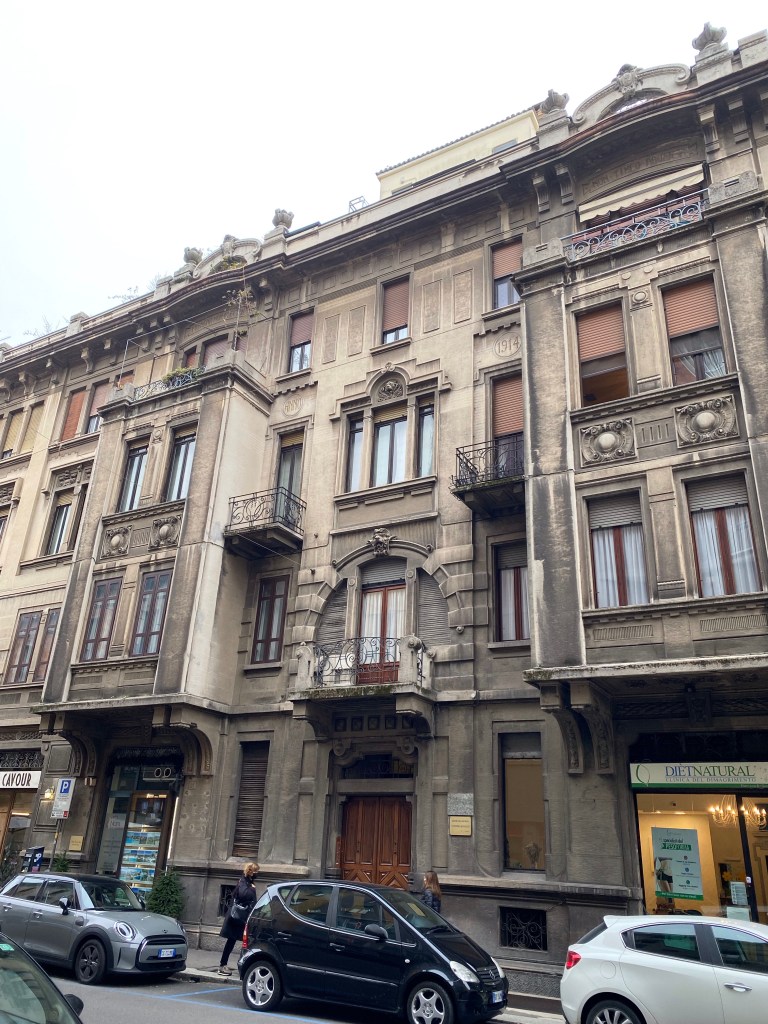




As I look back on my travel to Piacenza exactly 2 years ago, I am filled with longing to return. There is still so much left to explore. Soon, self, I promise!








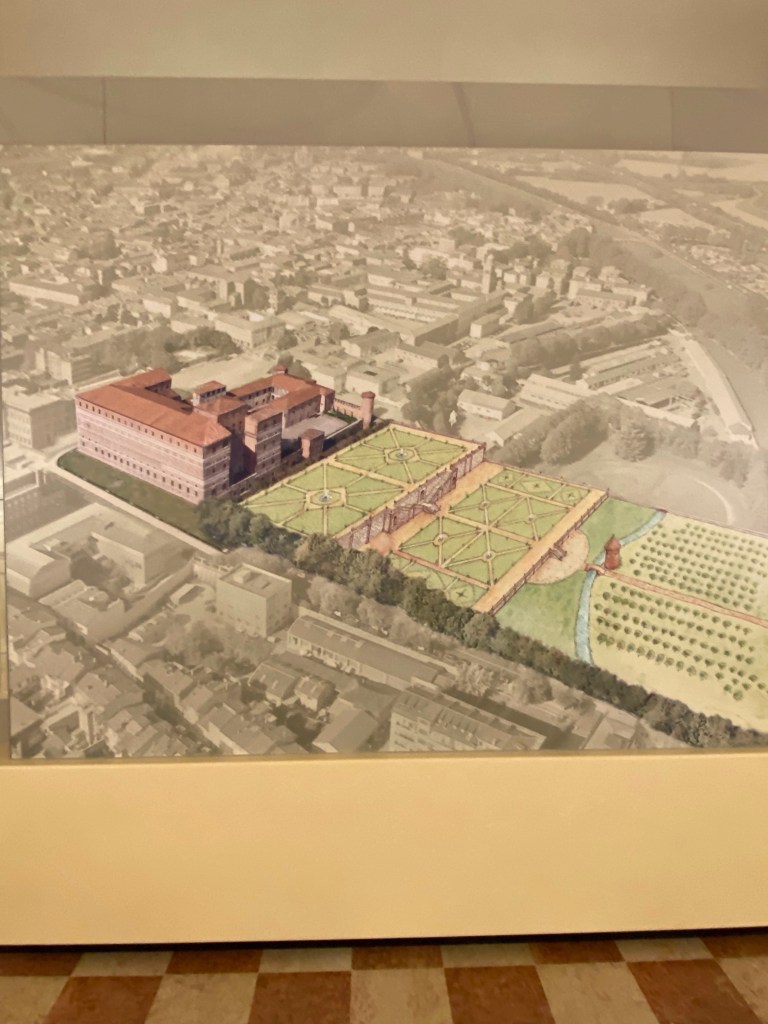











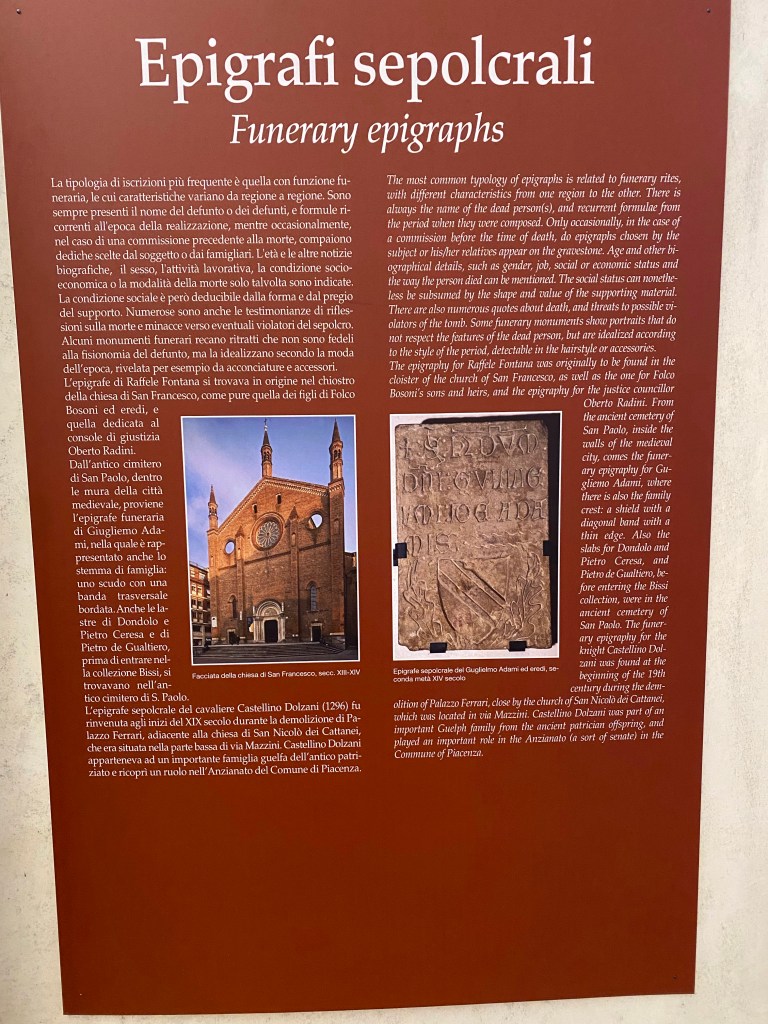
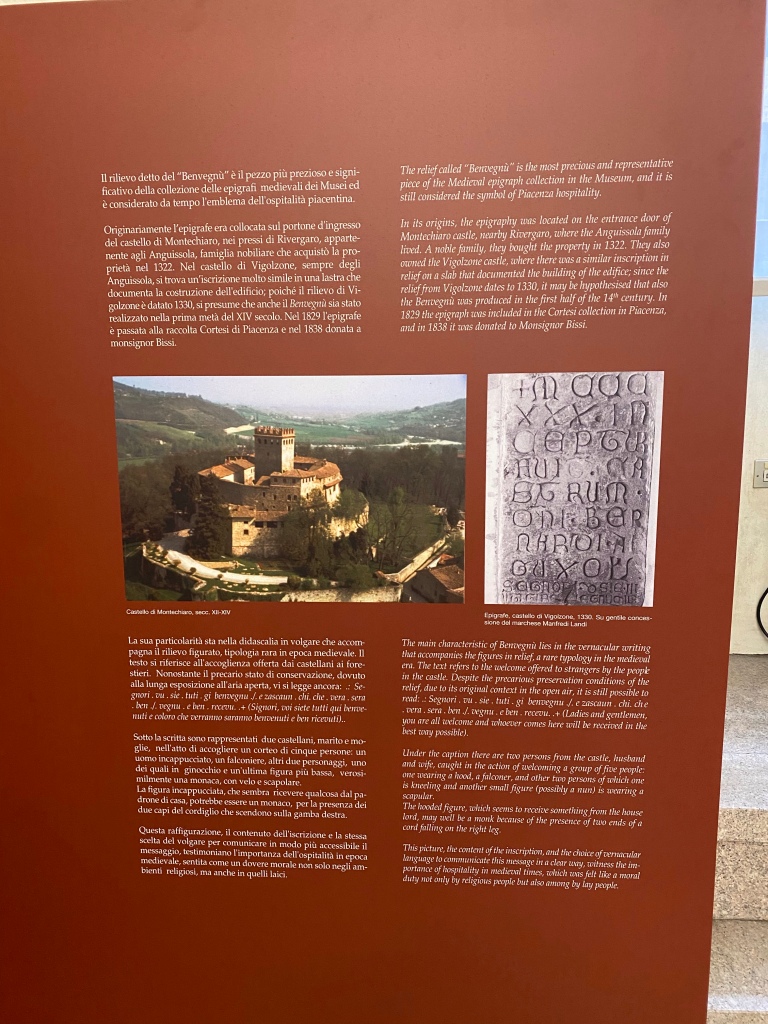







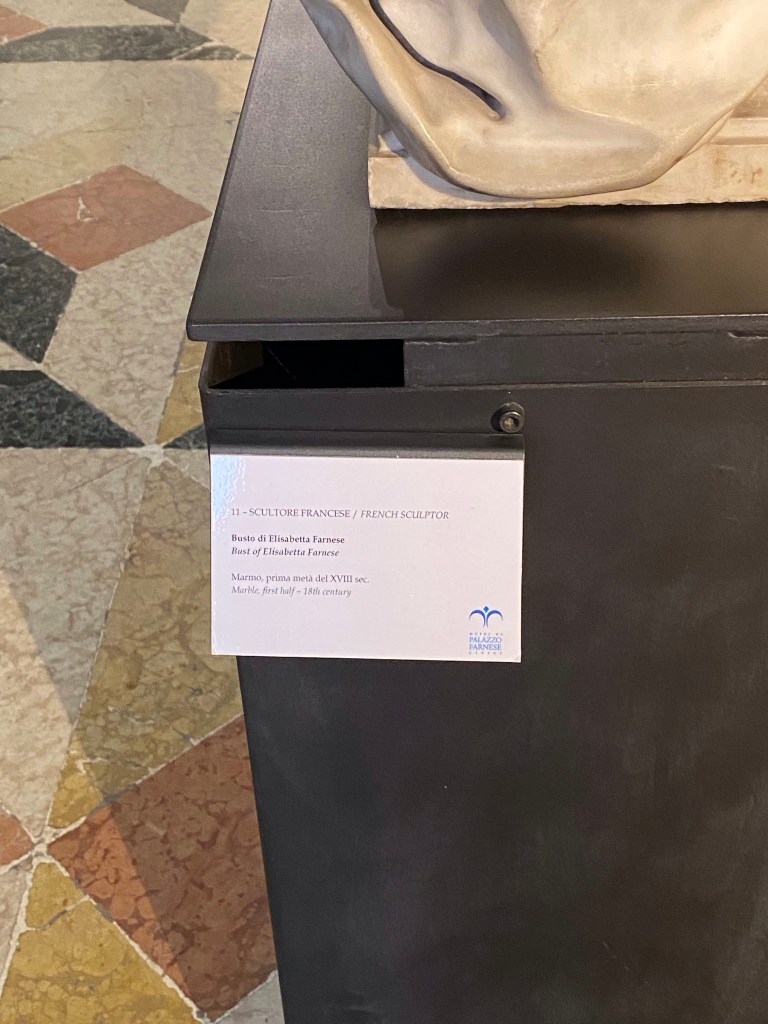
























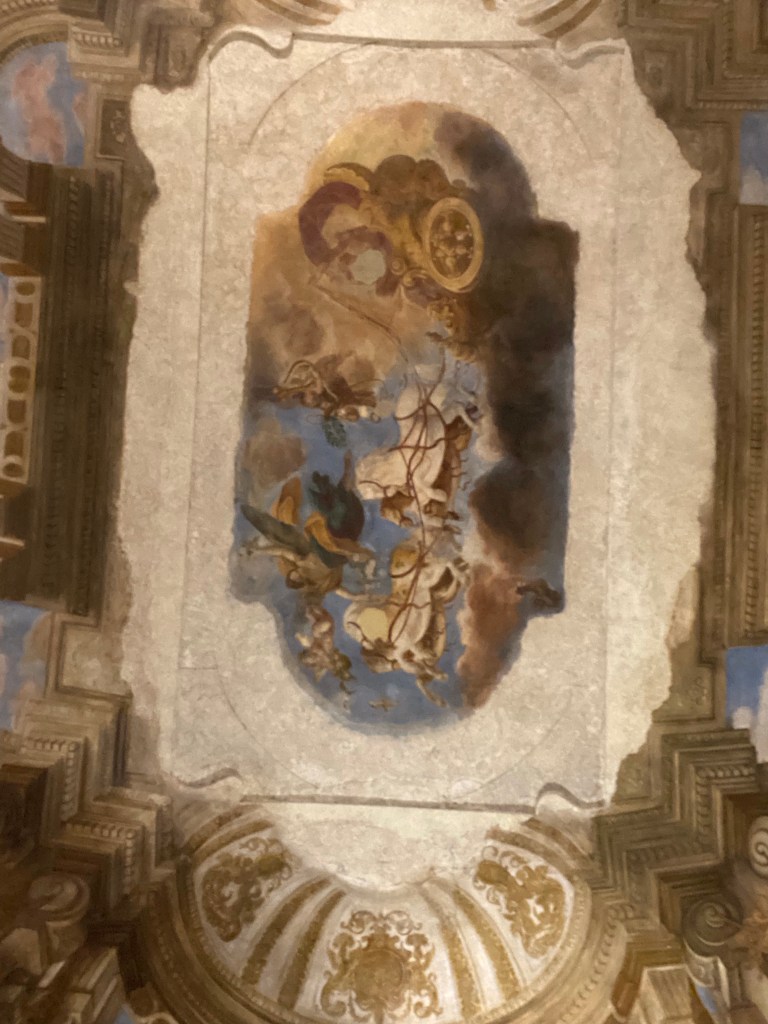

Drones are a new bonus in life!














\


























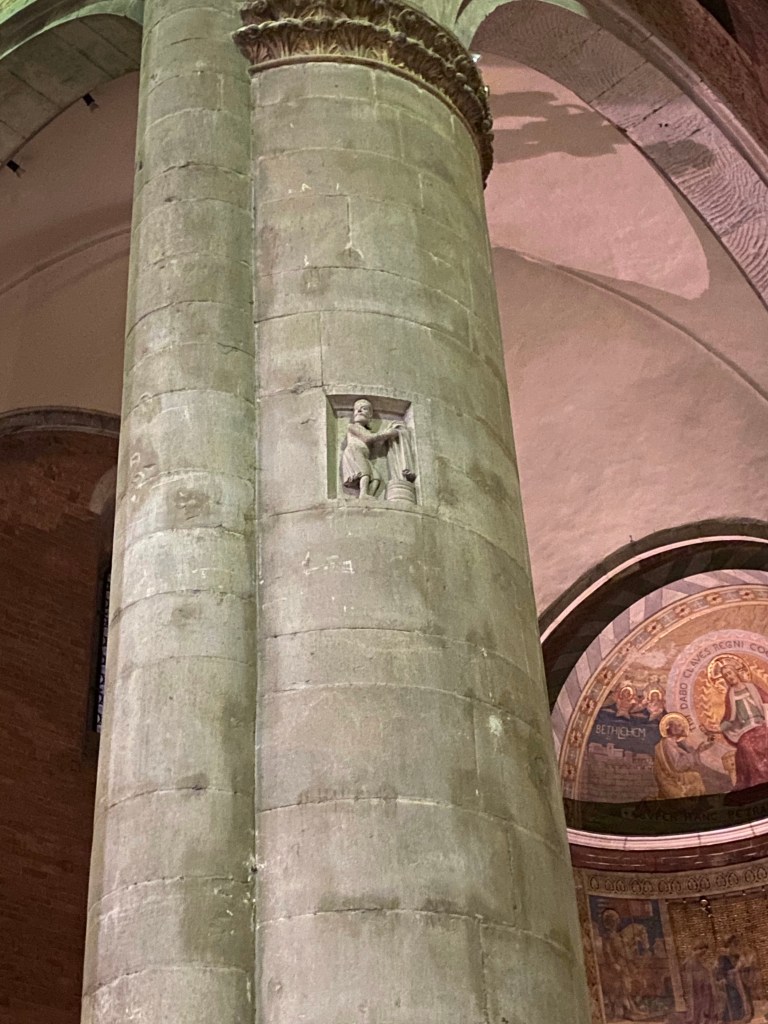

















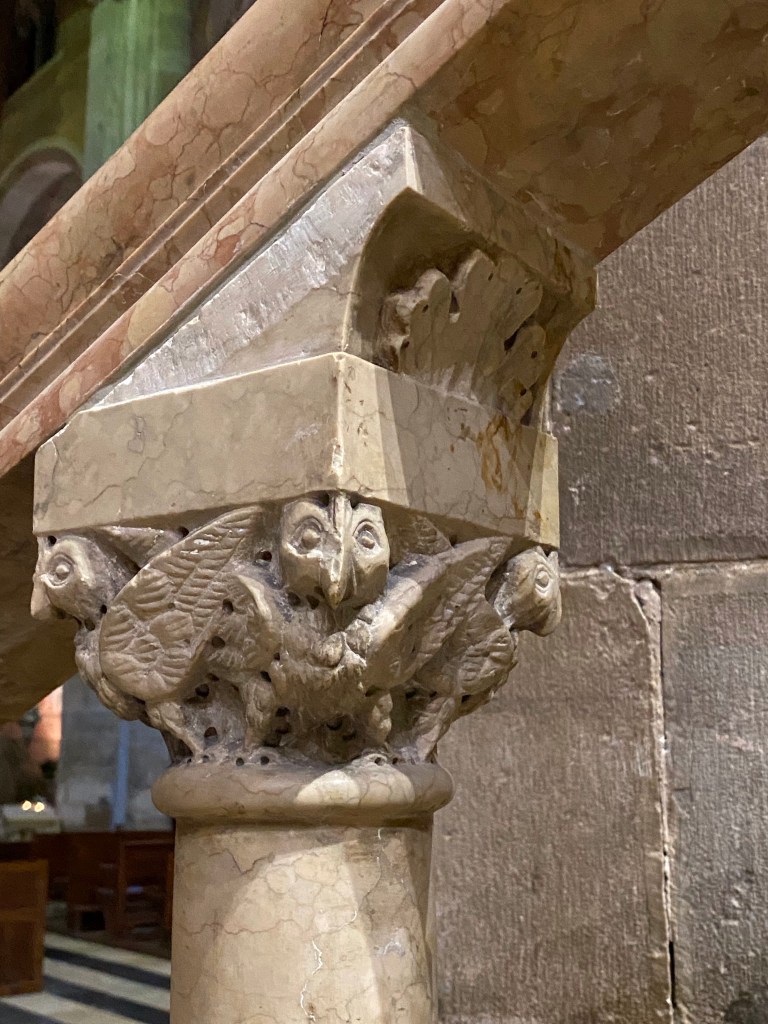
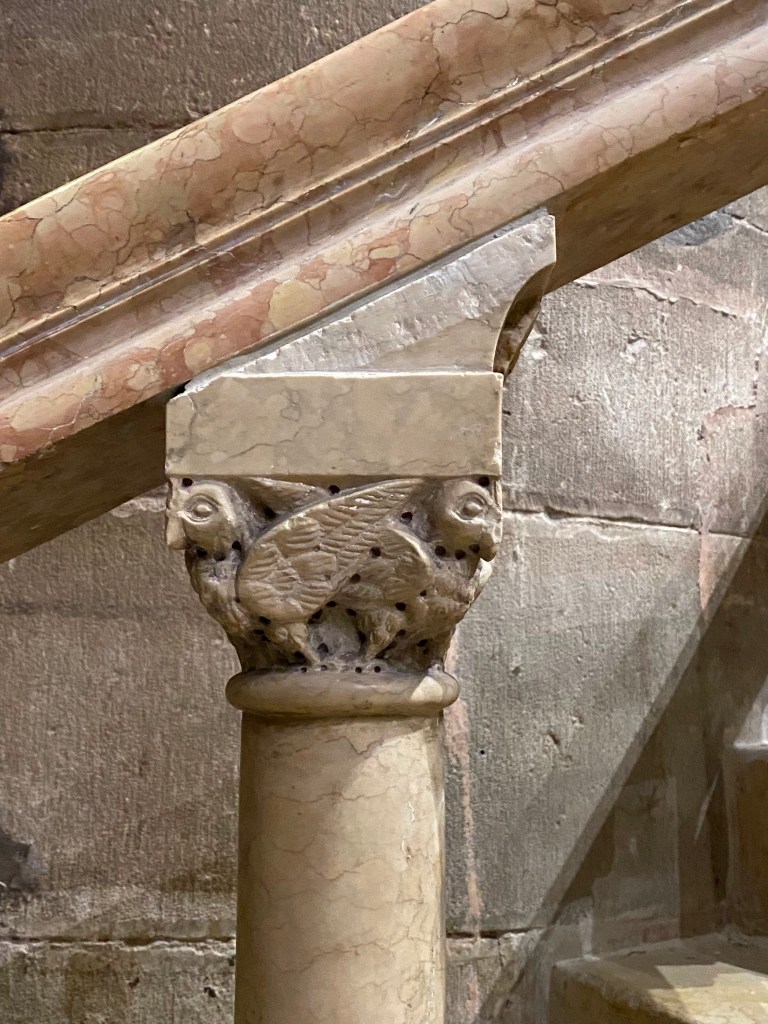

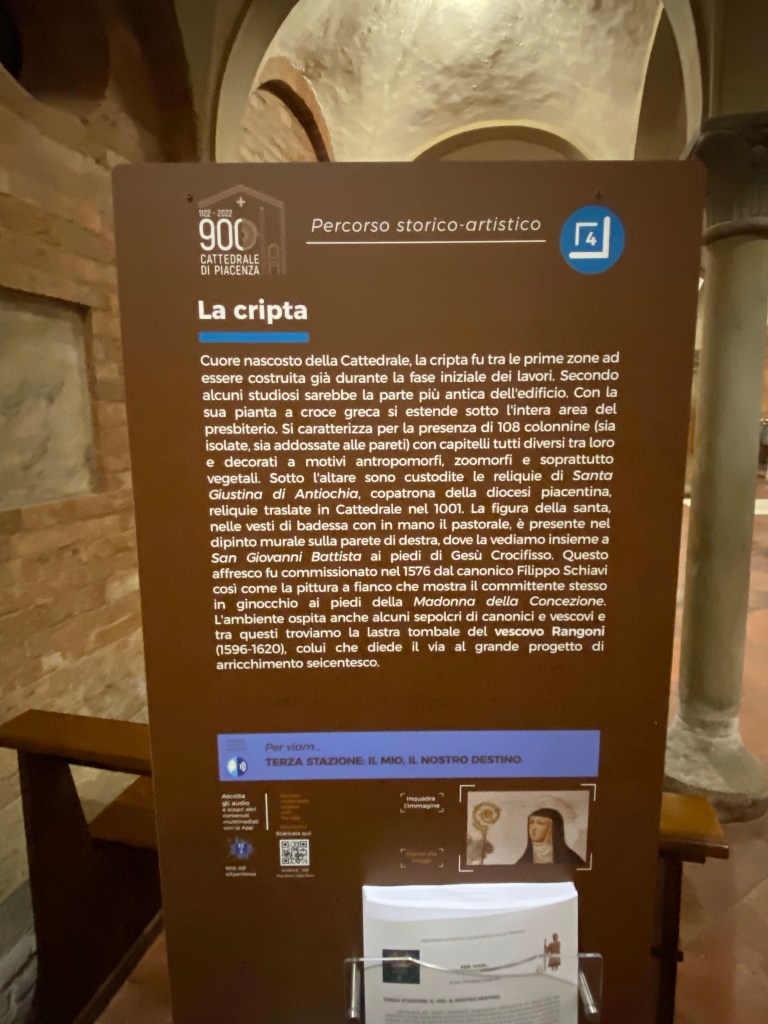
















The Capture of Rome on September 20, 1870, was the final event of the long process of Italian unification, known as the Risorgimento. It marked both the final defeat of the Papal States under Pope Pius IX and the unification of the Italian peninsula under King Victor Emmanuel II of the House of Savoy.
The capture of Rome ended the approximate 1,116-year reign (AD 754 to 1870) of the Papal States under the Holy See and is today widely memorialized throughout Italy with the Via XX Settembre street name in virtually every considerable town. Rome has a major thoroughfare named Via XX Settembre of course, and so does Florence. I happen to live on the Florence street.
Of course it was important for this important event to be memorialized in Rome and the Piazzale di Porta Pia was the result.
Just outside the Porta Pia stands the Monumento al Bersagliere, erected in 1932 by Publio Morbiducci on a commission from Mussolini. Moreover, the building between the two arches facades of the Porta Pia, the internal and external facades of the gate, houses the Historical Museum of the Bersaglieri, with the monumental tomb of Enrico Toti. The Bersaglieri (means sharpshooter in English) are a speciality of the Italian Army’s infantry corps.
A marble monument from 1920 and a commemorative column commemorate the event. Even today the signs of the fighting are visible on part of the Aurelian walls and on the door itself. In front of the external door, in eternal memory of the liberation of the city from the Austrian troops during the First World War, in 1932 a monument to the bersagliere was placed by the sculptor Publio Morbiducci.
HISTORICAL MUSEUM OF BERSAGLIERI
Between the two facades that make up the door, connected by small buildings originally having a defensive function, there is a small courtyard which now houses the Historical Museum of the Bersaglieri, inaugurated on 18 September 1932 , which preserves memorabilia and memories related to the institution and the evolution of the Bersaglieri body.
In the courtyard of the Museum there are bronze busts of the most illustrious representatives of the Corps, including that of Enrico Toti , hero of the Risorgimento. In the Hall of Honor, among the various precious memorabilia, there is the original Proposition, a handwriting written by La Marmora to obtain the constitution of the Corps from King Carlo Alberto. The ground floor houses the Shrinededicated to the over one hundred thousand fallen for the homeland. At the center of the room is the saber that La Marmora wielded on 8 April 1848 in Goito. In the rooms on the first floor, memorabilia are exhibited, such as uniforms, firearms and side arms, documents and memories relating to the campaigns of the Risorgimento, from 1848 to 1866. The upper floor is dedicated to the colonial campaigns , from the first landing of the bersaglieri to Massaua, on February 5, 1885, to conquer East Africa in 1936. The lower floor is dedicated to the 1st World War with plaques, photographs, department pennants, celebratory statues, portraits and medals of commanders and simple bersaglieri, Italian weapons and Austrian. To the 2nd World Warthe ground floor where the memorabilia and objects relating to the numerous operational theaters in which the bersaglieri fought are dedicated and dedicated.







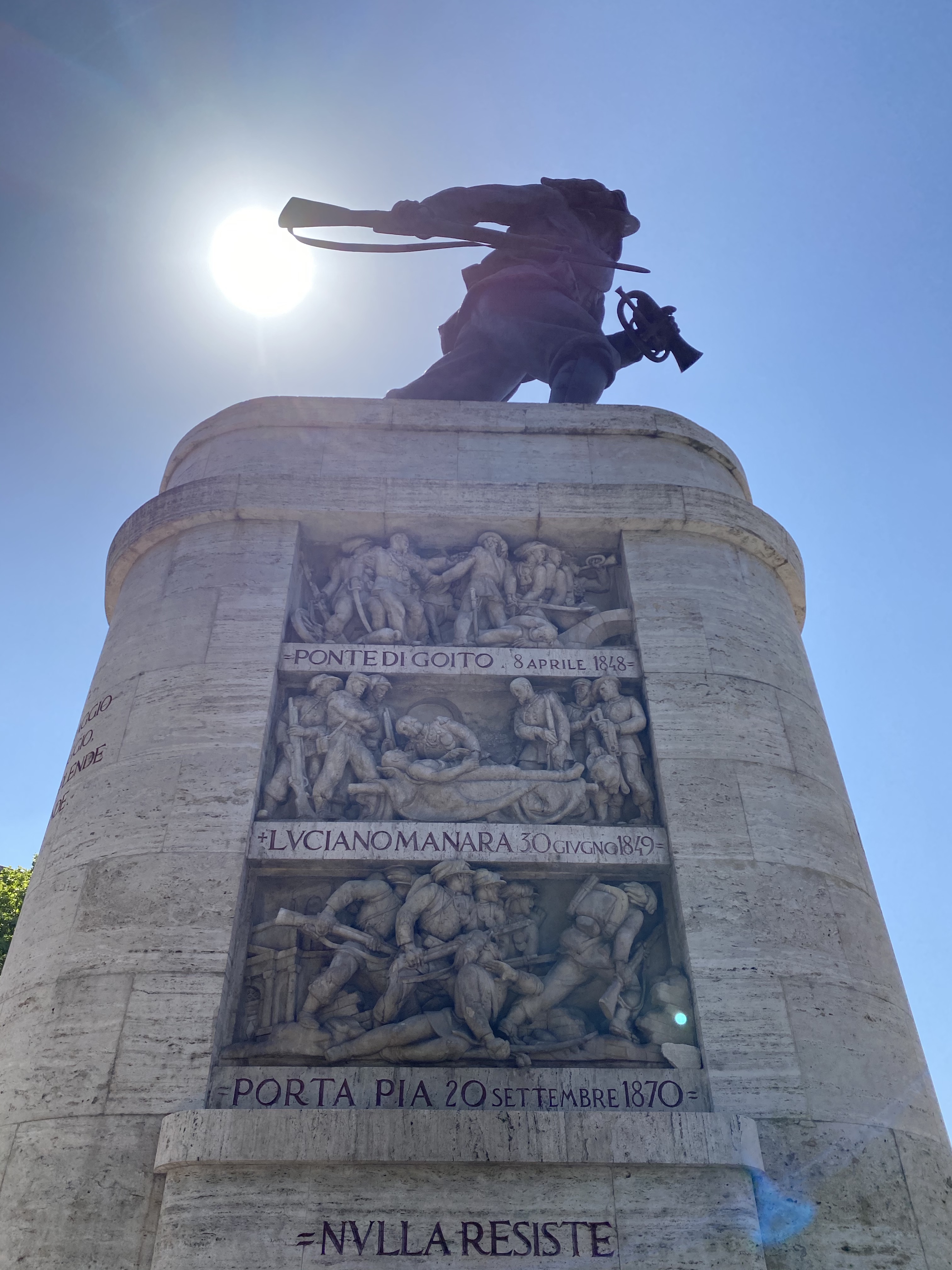

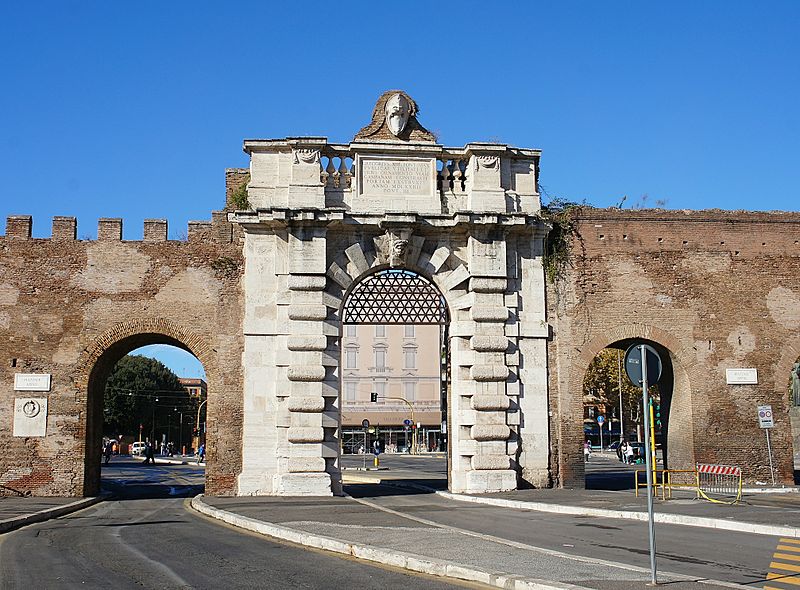




It’s been a long wait, but today I got a ticket and visited the museum. It was like going home. And, the crowds were normal, like pre-Covid levels. That was a bit comforting as well.
Today I took an idiosyncratic group of photos, and skipped taking pictures of the usual suspects that I love so much (Donatello, Desiderio da Settignano et al). So, enjoy this random group.






And now, I get a bit more serious with great artwork:
Michelangelo:




Giambologna:




Cellini:


You must be logged in to post a comment.